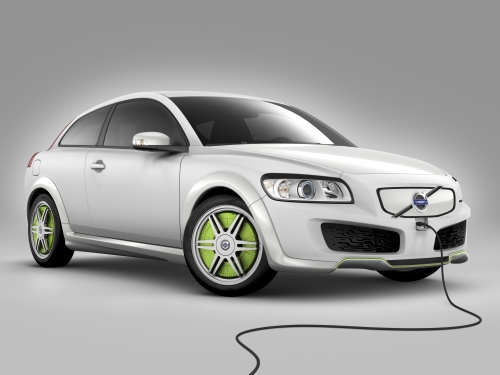To calculate the financing for the acquisition of a new car, the simplest way is to use a simulator. On the CPE website, you have a powerful tool that allows you to find out the amount of your monthly payments in just a few clicks.
This solution offers the possibility of quickly sending your credit request for study and processing. Of course, only your signature on a loan agreement marks your commitment.
Using the CPE Site Simulator
The simulator offered by CPE is easy to use, just fill in the fields marked with an asterisk. You can leave other fields blank. If necessary, a CPE broker will contact you for additional information.
The first step in using the simulator concerns the characteristics of the credit requested. For a new vehicle, you must choose the “vehicles” option and then “new car”. You must then specify the price of the car and select the amount of monthly payments or credit duration that suits you best. The second page is related to information about you. If you are applying for a loan for another person, the co-borrower’s personal details must also be entered.
On the third page you give the characteristics of the vehicle. You then go to the fourth page dedicated to receiving your contact details. You still have to complete the fifth page relating to your professional situation before arriving at the last page which lists the financial information concerning you.
Choose a loan according to the type of car
Generally, a car loan is repaid between 12 and 84 months. In Belgium, credit organizations take into account the age of the vehicle to be acquired to set their interest rate. Up to 2 years old, the automobile is considered new and therefore benefits from a more advantageous rate than a used vehicle.
Also note that you can opt for car financing with residual value. This type of credit is advantageous if you want to resell your vehicle when your credit is finished.


